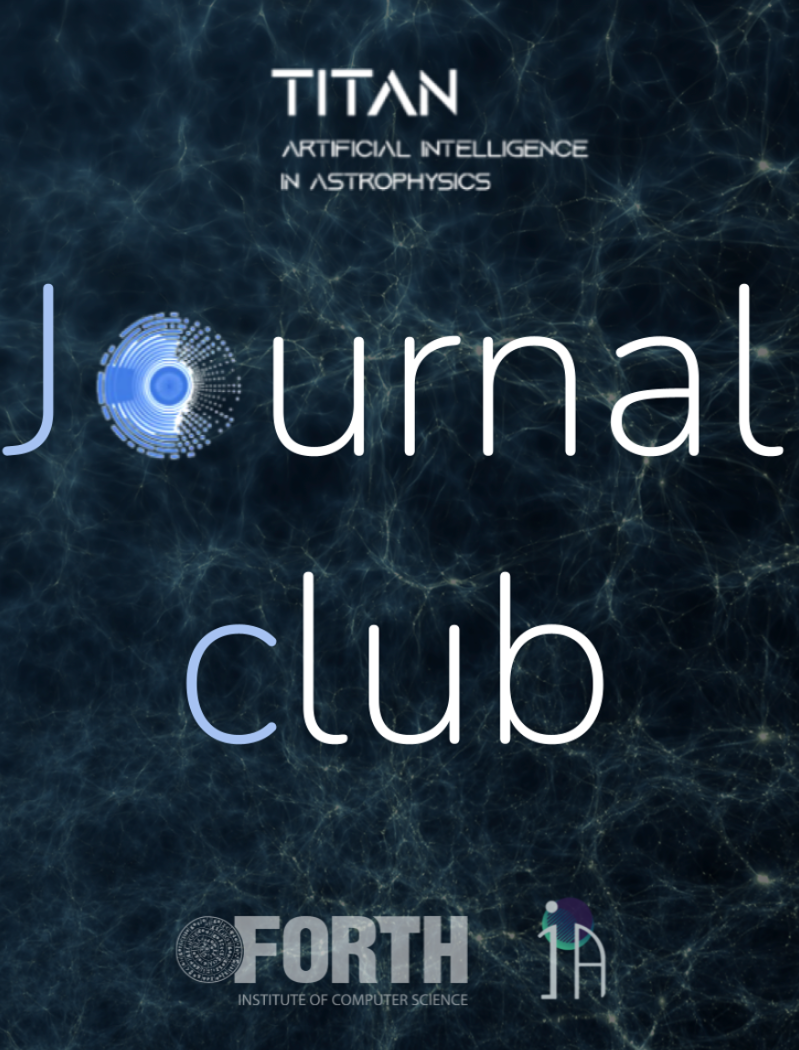
Speaker : Pauline Gorbatchev (PhD Student)
Date : 11th of September
Location: Orphanoudakis meeting room
Paper Abstract:
The future 21 cm intensity mapping observations constitute a promising way to trace the matter distribution of the Universe and probe cosmology. Here we assess its capability for cosmological constraints using as a case study the BINGO radio telescope, which will survey the Universe at low redshifts (0.13 < z < 0.45). We use neural networks (NNs) to map summary statistics, namely, the angular power spectrum (APS) and the Minkowski functionals (MFs), calculated from simulations into cosmological parameters. Our simulations span a wide grid of cosmologies, sampled under the ΛCDM scenario, {Ω_c, h}, and under an extension assuming the Chevallier-Polarski-Linder (CPL) parameterization, {Ω_c, h, w_0, w_a}. In general, NNs trained over APS outperform those using MFs, while their combination provides 27% (5%) tighter error ellipse in the Ω_c - h plane under the ΛCDM scenario (CPL parameterization) compared to the individual use of the APS. Their combination allows predicting Ω_c and h with 4.9% and 1.6% fractional errors, respectively, which increases to 6.4% and 3.7% under CPL parameterization. Although we find a large bias on w_a estimates, we still predict w_0 with 24.3% error. We also confirm our results to be robust to foreground contamination, besides finding the instrumental noise to cause the greatest impact on the predictions. Still, our results illustrate the capability of future low-redshift 21 cm observations in providing competitive cosmological constraints using NNs, showing the ease of combining different summary statistics.
Download Presentation
